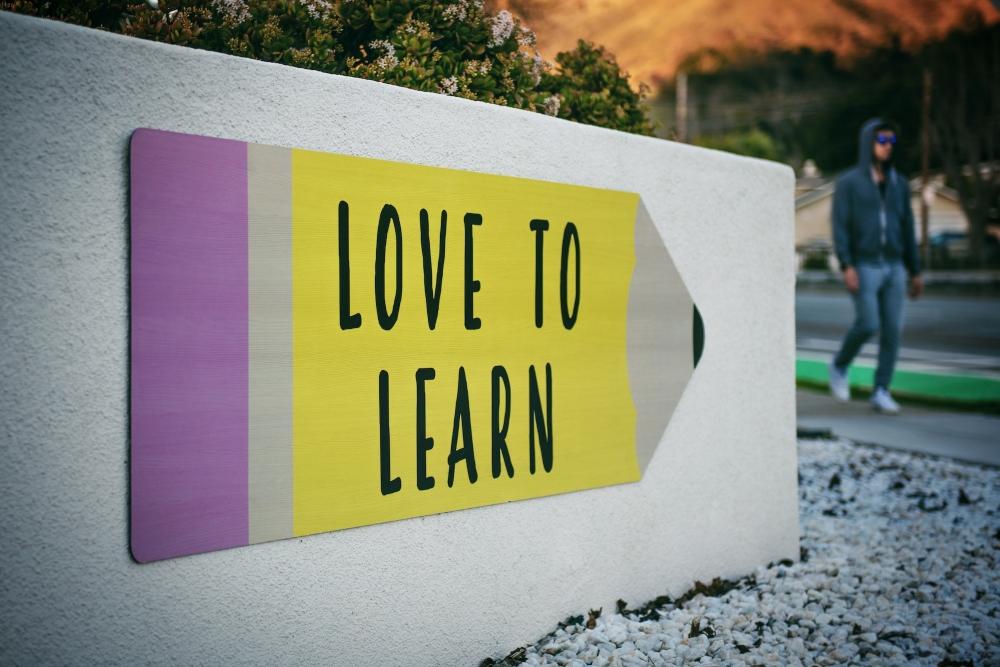
If you’d like to have something in common with great minds such as Elon Musk, Bill Gates, Henry Ford and Benjamin Franklin, consider becoming a self-directed learner. As the aforementioned leaders in their respective fields have proven, passive (formal) education is by no means a guarantee of success or assurance against failure but rather, simply the road most often taken. However, with the requirements of today’s employment market and the rapidly changing industry trends, being a self-directed learner is no longer a choice but a veritable necessity.
In a world where formal educational programs simply cannot follow the quickly evolving industry standards, learning has become (and has actually always been) an active process which allows us to thrive in fast-paced environments and enables us to react adequately and rise to the occasion. If you’re looking to become your own teacher and student or are searching for ways to improve your results when it comes to self-directed learning, read on, as here we will explore the most efficient learning routines.
Take responsibility
As we’ve mentioned already, learning is an active process and taking responsibility is the first step toward the acquisition of any knowledge. Seeing as how learning is becoming a lifelong journey rather than a process set in a specific timeframe, you might as well adopt the right attitude towards it. Whether you’re a school dropout or a star pupil, assessing your situation and taking ownership of your actions and results is not just going to make you aware of the situation you’re in but also enable you to change your results if you so desire. Responsibility is what allows you to become “the master of your fate” as William Ernest Henley put it.
Take initiative, and everything else will tend to fall into place. This does not mean that you have to learn everything on your own; it means you have to become an active participant in your own education. An unhelpful misconception about this is that there are times when we are but passive receivers of knowledge. In school, the practice is that someone teaches us something, not that they are providing a context in which it is easier to learn. The difference with self-directed learning is that you are the one setting the context.
Set goals, and make them SMART
Once you’ve taken responsibility, the next step is setting SMART (Specific, Measurable, Action-oriented, Realistic, and Time-defined) goals instead of VAPID (Vague, Amorphous, Pie-in-the-sky, Irrelevant, and Delayed) ones. For example, if you live in New Zealand and you’re a student at the Auckland University of Technology, setting goals such as “doing exceptionally well at all of your exams” is not going to cut it. A far better goal would be “passing the Introduction to Finance exam with flying colors, by the end of the year, using premade AUT study notes” as this will both set definitive criteria for your success and keep you focused.
Activity equals productivity
Activity cannot be stressed enough in the context of learning. Whether you’re learning through in-person interaction with your instructor or from some form of educational material, such as a video or a book, finding a way to keep yourself engaged during the process is essential. Take notes, find arguments, circle, underline and highlight.
These are all effective routines you should practice, but take note, they all have one purpose, and one purpose only, to make you think about the presented ideas in-depth, so as to connect them to the previously existing knowledge on the subject. Another thing which can help you find a better way to keep yourself engaged with your learning material is discovering which approach to studying fits you best, but bear in mind that the approach you pick should not depend solely on your personal preference.

Urgent and important comes first
Just like in a job setting, completing the tasks which are urgent and important in the journey towards your SMART goal is going to require a bit of planning. If you’re looking to become an expert on a topic, you’ll want to use all the resources available, whereas, if you’re looking to become good at something, practice is going to be the more effective option, as opposed to just studying. And just like in a job setting, you can use the well-known Eisenhower Matrix to assess the importance of your tasks.
Last but not least
Once you’ve employed all the techniques listed here and have been through the process of self-directed learning, you’re going to want to evaluate what you have learned and where you are relative to your goals. Seek feedback from professionals and evaluate your confidence and ability to practically employ the principles you’ve learned. Ask yourself how you could apply what you’ve learned in your daily life. Without an honest self-evaluation, you won’t be able to see how effective your learning process is, so don’t skip the last step!
About the author: Stella van Lane is a passionate traveler and writer, in love with coffee, interior design, books, and good vibes.


